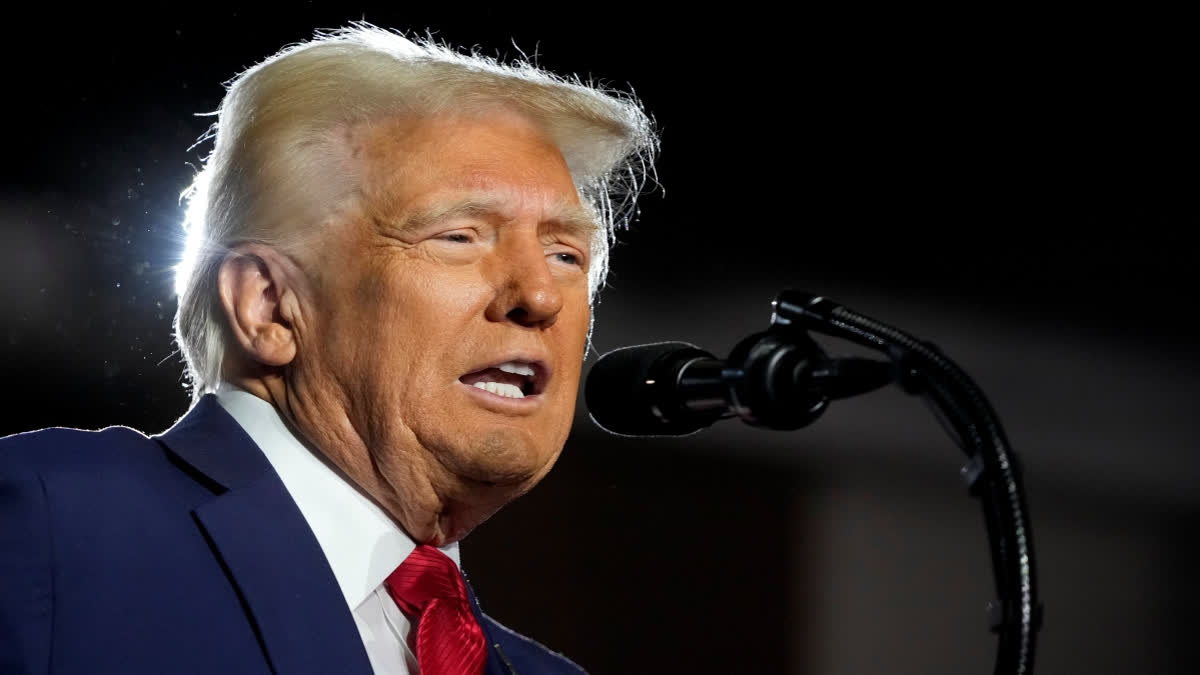The issue of immigration was instrumental in Donald Trump’s re-election in 2024, and it has become even more central since he assumed office on January 20 this year. Through Trump’s speeches, immigration has portrayed a picture of America’s social, economic, and moral decline, reverberating across the world.
Trump has effectively used this picture to sell a future to the American populace, making a rare political comeback. While the statistics may present a different picture, his return as the 47th president of the United States is, among other things, a reflection of American conservatives’ disenchantment with open borders and the country’s identity as a land of immigrants.
The racist overtones and political divide which emerged within the Republican party following the appointment of Sriram Krishnan as Trump’s AI policy advisor illustrate how the distinction between legal and illegal migrants is becoming increasingly blurred in the U.S. Deep-seated racial anxieties have permeated across racial and ethnic lines, further fuelling divisions.
The next four years under Trump’s leadership could be critical in shaping America’s approach to immigration, determining how the country adapts to new policies, and redefining its global standing. Most importantly, these policies will influence America’s identity and its role on the world stage as a nation built by immigrants.
Trump’s Executive Orders
One of the most consequential decisions impacting immigration taken by Trump in his second term has been the immediate cancellation of the app-based asylum processing system – CBP One app, which previously provided information to the government about asylum seekers. Trump issued a national emergency at the southern borders through an EO and invoked the possibility of using military to stop the migrants from crossing over.
Over the past four years since the last Trump administration left office, the number of migrants have increased significantly, as has criminal activities. The Trump administration has also drawn the link between illegal immigration and growing transnational crimes such as by gangs like Tren de Aragua (TdA) and La Mara Salvatrucha (MS-13). Among other measures, the Trump administration has introduced enhanced screening and monitoring across federal agencies, ended the catch and release policy, and opened the possibility for mobilizing the National Guard and law enforcement agencies to enforce deportation policies.
While Trump's policies primarily target illegal immigrants from Mexico, Central America and to some degree Canada, in India the impact on Indian immigrants will be cautiously watched. Some 725,000 undocumented Indians currently reside in the U.S., with Indians making about 3 percent of all illegal border crossings in fiscal year 2024.
The Trump administration's hard-line immigration policies, particularly executive orders targeting illegal immigrants, have heightened concerns for the Indian diaspora in the U.S. Under the new laws, undocumented Indian immigrants are likely to face immediate deportation, with India reportedly agreeing to take back 18,000 of its citizens to assuage the Trump administration’s concerns and comply with new rules.
India-US Relations
While the U.S.-India relationship remains politically steady, Trump's immigration crackdown could induce India to adapt to some of the policy repercussions. India has historically sought to maintain cordial relations with the U.S., emphasizing trade, strategic partnerships, and people-to-people ties, which still remain the primary domains of strong focus.
The highly skilled Indian workforce, particularly those on H-1B visas, has contributed significantly to growth in sectors such as technology, healthcare, and finance in the US. However, Trump's stringent steps on deportation and strict border controls could impact the Indian American community’s contribution to American growth and development.
Despite the pressures from the Trump administration, so far India's response has been largely pragmatic – depicting compliance on illegal migrants. However, there may be a growing trend in undocumented Indians in the U.S., at least in the past few years. If mass deportations become the central focus under Trump, it remains to be seen how India adapts to many Indians returning from the US.
The number of illegal migrants from India to the US still remains very low and is unlikely to derail relationship. However, as clampdown under the Trump 2.0 increases, it remains to be seen how India navigates this challenge while balancing its diplomatic, economic, and humanitarian responsibilities.
The potential deportation of thousands of undocumented Indians could have significant socioeconomic consequences for both the U.S. and India. For the U.S., the loss of a substantial labour force, particularly in low-skilled sectors, could lead to economic disruptions. Indian immigrants often contribute to industries such as construction, hospitality, and retail, where labour shortages could arise. For India, the return of deported citizens could pose economic and social challenges. Reintegration into the Indian job market, may prove challenging. From an economic point of view, remittance inflows from the Indian diaspora in the U.S. could decline. The immigration policies of Trump 2.0, even as they unravel, are set to have far-reaching consequences on the undocumented Indian immigrant population in the U.S. More importantly, these initial steps by Trump have added uncertainty to the psyche of Indian Americans – one of the most economically sound communities in the US. As a general rule, Trump wouldn’t want to be seen as making an exception to any country when it comes to immigration. However, if the positive contribution of Indian Americans and Indians in America who have entered the US legally are presented to Trump in the right manner, perhaps a ‘deal’ can be struck on this issue bilaterally.



